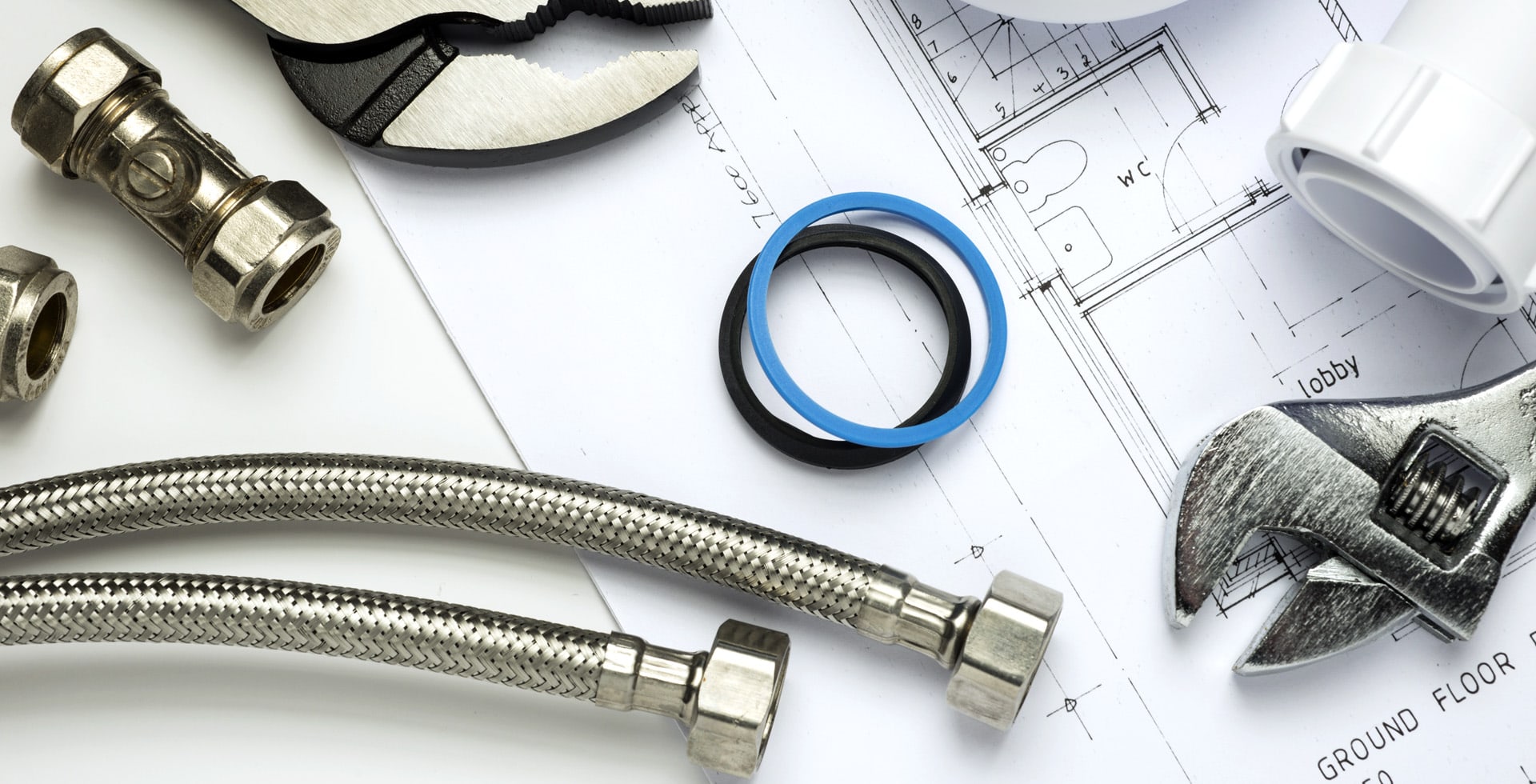A pilot light is a small, steady flame that ignites the burners in your gas appliance, such as a furnace, water heater, or stove. When the pilot light goes out, it can cause a disruption in your appliance’s operation and leave you in a cold or inconvenient situation.
Fortunately, there are several steps you can take to troubleshoot and resolve the issue. This guide will walk you through what to do if the pilot light won’t light, providing you with practical solutions and tips to get your appliance back up and running.
Understanding the Pilot Light
Before diving into troubleshooting, it’s important to understand the role of the pilot light. It serves as the ignition source for the main burners in gas appliances.
When the pilot light is functioning correctly, it keeps the main burners ignited when needed. If the pilot light goes out, the appliance will not function properly, and you may experience issues such as no hot water or a cold home.
Common Causes of a Pilot Light Not Lighting
There are several common reasons why a pilot light may fail to light or stay lit. Understanding these causes can help you diagnose and address the issue more effectively:
- Clogged Pilot Orifice: The pilot orifice is a small opening through which the gas flows to the pilot light. It can become clogged with dust, dirt, or debris, obstructing the flow of gas and preventing ignition.
- Faulty Thermocouple: The thermocouple is a safety device that detects the pilot light’s flame and signals the gas valve to stay open. If the thermocouple is faulty or damaged, it may shut off the gas supply to the pilot light.
- Gas Supply Issues: If there is a problem with the gas supply, such as a closed gas valve or a gas line obstruction, the pilot light may not receive the gas it needs to ignite.
- Drafts or Wind: Strong drafts or wind can blow out the pilot light, especially if the appliance is located in a drafty area or has poor ventilation.
- Dirty Pilot Light Assembly: Over time, the pilot light assembly can accumulate dirt and grime, affecting its performance and preventing the pilot light from staying lit.
Step-by-Step Troubleshooting
If your pilot light won’t light, follow these steps to diagnose and fix the issue:
- Check the Gas Supply: Ensure that the gas supply to the appliance is turned on. Locate the gas valve, usually near the appliance, and make sure it is set to the “on” position. If the gas supply has been interrupted, such as due to a service issue or outage, contact your gas provider for assistance.
- Inspect the Pilot Orifice: Look for any signs of blockage or dirt around the pilot orifice. Use a soft brush or compressed air to clean the orifice and remove any debris. Be careful not to damage the orifice during this process.
- Examine the Thermocouple: Check the thermocouple for signs of damage or wear. If it appears faulty, it may need to be replaced. The thermocouple is usually located near the pilot light assembly and can be replaced by a professional plumber or technician if necessary.
- Relight the Pilot Light: Follow the manufacturer’s instructions for relighting the pilot light. Typically, you will need to turn the gas valve to the “off” position, wait for a few minutes, and then turn it back to the “pilot” position. Use a long lighter or match to ignite the pilot light while holding down the reset button or control knob. Once the pilot light is lit, continue to hold the button for a few seconds before releasing it.
- Check for Drafts: Ensure that there are no strong drafts or wind blowing directly at the pilot light. If drafts are an issue, consider installing a draft guard or relocating the appliance to a less drafty area.
- Clean the Pilot Light Assembly: If the pilot light assembly is dirty, clean it with a soft cloth or brush. Make sure the assembly is free from soot, dust, or other contaminants that could affect its performance.
- Seek Professional Help: If you have tried the above steps and the pilot light still won’t light, it may be time to call a professional technician. A qualified technician can diagnose and repair more complex issues, such as problems with the gas valve or internal components of the appliance.
Safety Precautions
When dealing with gas appliances, safety is paramount. Follow these precautions to ensure a safe troubleshooting process:
- Do Not Use Flammable Materials: Avoid using flammable materials or liquids near the appliance while troubleshooting.
- Ventilate the Area: Ensure the area around the appliance is well-ventilated to prevent the buildup of gas fumes.
- Follow Manufacturer’s Instructions: Always refer to the manufacturer’s instructions for your specific appliance when performing maintenance or troubleshooting.
A pilot light that won’t light can be a frustrating issue, but with a systematic approach, you can often diagnose and resolve the problem yourself. By checking the gas supply, inspecting the pilot orifice and thermocouple, and relighting the pilot light, you can address common causes of pilot light failure. If the problem persists, don’t hesitate to seek professional assistance to ensure your appliance is repaired safely and effectively.
GET IN TOUCH
Schedule a Visit

